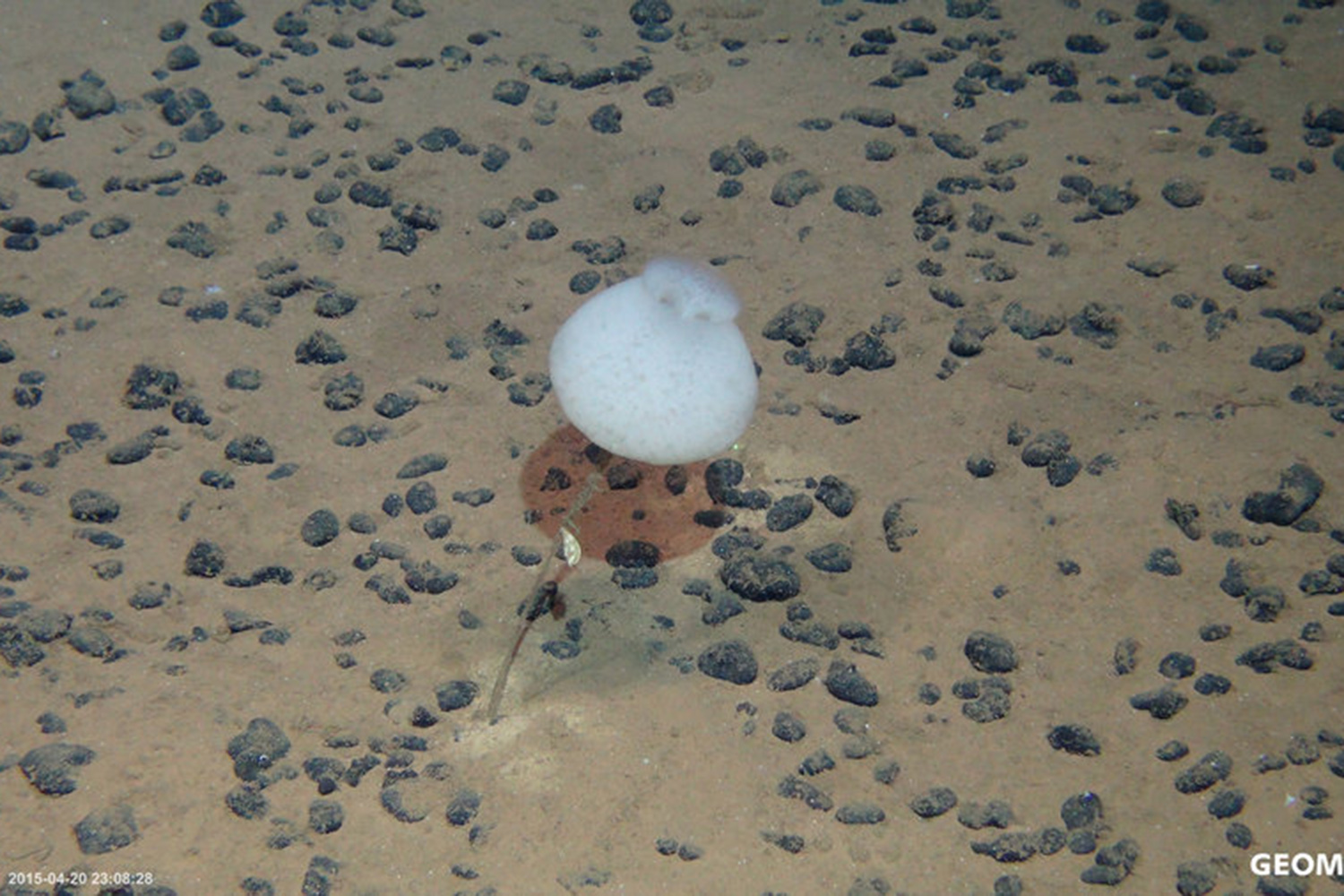The French novelist Jules Verne was a visionary. But in one of his stories he was far from the truth. A "Journey to the Center of the Earth" is and remains impossible. This is a problem, from a scientific point of view, because deep inside the earth, the causes of tectonic plate movements and volcanic eruptions are hidden. If researchers want to know why and how tectonic plates move or when large volcanic eruptions plagued the earth, they have to look for traces of these events on the earth's surface, analyze them, and finally, with the help of these results, draw conclusions about processes which occurred hundreds of kilometers deep. On closer inspection, these interactions are often more complex than initially thought.
An international research team headed by the GEOMAR Helmholtz Centre for Ocean Research Kiel is now publishing a study in the journal Nature Communications, which shows that certain rocks which up to now have been found exclusively in so-called subduction zones can also occur in a different tectonic environment with a similar composition. "Therefore, we will have to be more cautious concerning the assignment of certain rocks in the future," explains lead author Roman Golowin from GEOMAR.
The term subduction zones describes the boundary between two tectonic plates, in which one of the tectonic plates is being pushed underneath the other. This process can not only lead to strong earthquakes. In addition, volcanoes always form on top of the plate. However, it is still a matter of debate how long this process has been going on on the earth and how exactly subduction zones are formed.
A second kind of volcanism, on the other hand, occurs in the middle of tectonic plates. The common theories assume that here a particularly large amount of hot material from the earth's mantle is transported in the form of mantle plumes from the interior of the earth's mantle to the earth's surface. The melting of ascending mantle plumes thereby leads to volcanic activity on the earth's crust.
In the course of earth's history there must have been several enormous volcanic events of the second kind, which have formed kilometer-thick plateaus of lava over a few million years. "These plateaus are called large igneous provinces," explains co-author Prof. Dr. Kaj Hoernle from GEOMAR. One of them is the Manihiki Plateau north of New Zealand in the West Pacific. In the years 2007 and 2012, expeditions of scientists from Kiel with the research vessel SONNE took place in this area. The aim was to reconstruct the exact structure, composition and timing of these massive volcanic events.
The study, which has now been published in Nature Communications, is based on the analysis of rock samples that could be extracted from the seabed during these expeditions. Some of the rocks from the Manihiki Plateau have a composition similar to those which would be expected to be found only in subduction zones. "Depending on which mantle source melts under which conditions, for example in contact with water or at high temperatures, a characteristic signature of different elements with different concentrations is generated in the lava sediments on the surface," second author Dr. Maxim Portnyagin from GEOMAR explains the analysis of the geologists.
The fact that rocks very similar to those considered as typical traces for the formation of subduction zones have now been found at a large igneous province, the origin of which is clearly due to mantle plume-related processes, has two consequences. "On the one hand, we have to rethink our idea of how large lava plateaus have formed," explains Roman Golowin, "on the other hand, we have to be more cautious in the future with the allocation of volcanic traces in the search for past subduction zones and the plate-tectonic reconstructions in geological history. Further analyses in comparable regions of the earth will hopefully help us to approach the trace of the processes in the earth's interior ".
Note:
The expedition SO225 was funded by the Federal Ministry of Education and Research within the framework of the project Manihiki II.
Original work:
Golowin, R., M. Portnyagin, K. Hoernle. F. Hauff, A. Gurenko, D. Garbe-Schönberg, R. Werner, S. Turner (2017): Boninite-like intraplate magmas from Manihiki Plateau require ultra-depleted and enriched source components. Nature Communications, http://dx.doi.org/10.1038/ncomms14322
Contact:
Jan Steffen (GEOMAR, Communication & Media), Tel.: 0431 600-2811, presse@geomar.de
…



